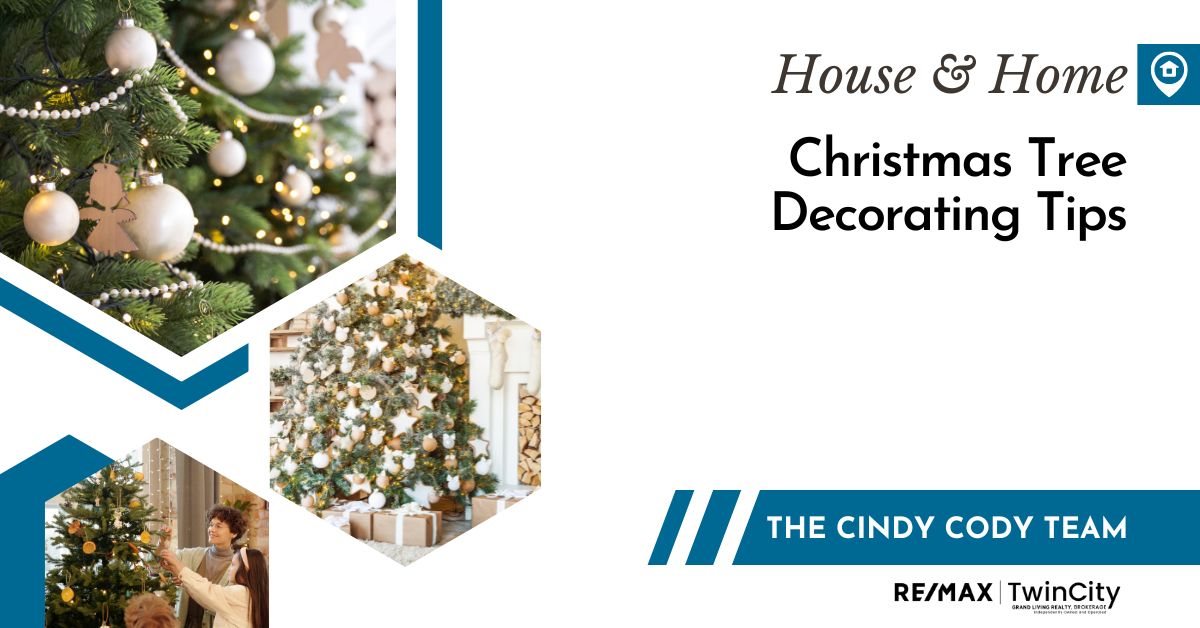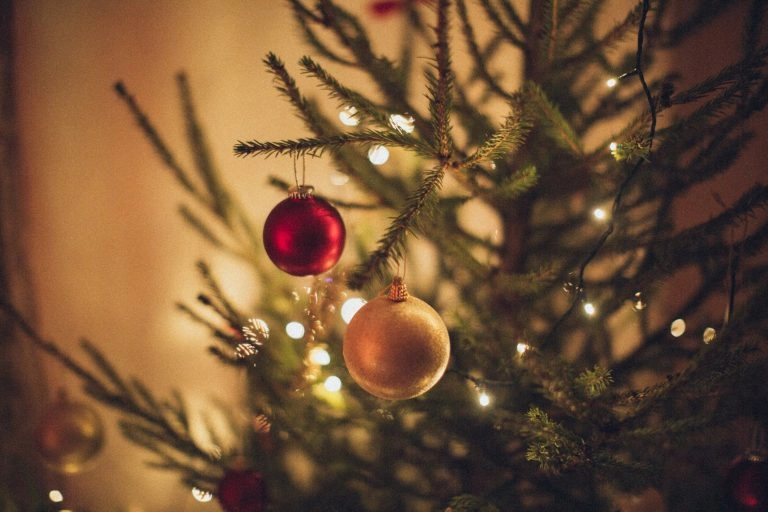Why Do We Decorate Christmas Trees? Uncover the Tradition.

Christmas trees have become a universal symbol of the holiday season, with people around the world decorating them with lights, ornaments, and tinsel. But where did this tradition come from, and what is its significance today? Let's delve into the origins and the reasons behind this beloved practice, exploring the layers of history, religion, symbolism, and culture that make the Christmas tree an enduring tradition.
Origins of the Christmas Tree Tradition

The custom of decorating trees during the winter months predates Christianity. Here's a look at its historical roots:
- Ancient Pagan Practices: Many cultures have used evergreen trees, wreaths, and garlands in winter celebrations to symbolize life, fertility, and hope amidst the cold and darkness. The Romans, for instance, decorated their homes with evergreen boughs during Saturnalia, a festival honoring Saturn, the god of agriculture and time, marking the solstice.
- Norse Mythology: The ancient Norse people celebrated Yule, which also featured evergreens. Yule logs were burned to symbolize the rebirth of the sun after the longest night.
- Medieval Europe: In medieval times, the "Paradise Play" depicted the story of Adam and Eve in the Garden of Eden, and an evergreen tree was used to represent the Tree of Knowledge. This tradition was performed in German towns on December 24, which could be the origin of Christmas trees in Germany.
Evolution of the Christmas Tree

The Christmas tree as we know it started taking shape in the 16th century:
- Germany: The custom of bringing an evergreen tree into the home is often credited to 16th-century Germany. Legend has it that Martin Luther, a key figure in the Protestant Reformation, was inspired by the starry sky to place candles on an indoor tree, symbolizing the light of Jesus in the darkness.
- England: The tradition took hold in England with the marriage of Queen Victoria to Prince Albert, who was German. A famous illustration of the royal family with a Christmas tree was published in the Illustrated London News, popularizing the tradition among the English-speaking world.
- United States: German settlers brought the tradition to America, but it wasn't until the mid-19th century, with a sketch of the British royal family's Christmas, that the practice became widespread.
Symbolism and Meaning

The Christmas tree carries numerous meanings:
- Evergreen: The evergreen represents eternal life, the continuity of life during the winter, and hope amidst adversity.
- Candles or Lights: Traditionally, candles lit on the tree signify the triumph of light over darkness, Christ's light guiding us through our own lives.
- Ornaments: Handmade ornaments or heirlooms passed down through generations often symbolize family, tradition, and the continuity of cultural practices.
- Star or Angel: The topper of the tree often represents the Star of Bethlehem or an angel announcing Christ's birth, a religious symbol of guidance, faith, and protection.
- The Tree as a Symbol: The act of decorating the tree brings people together, and the tree itself becomes a unifying symbol, transcending cultural and religious boundaries.
Modern-Day Significance

Today, the Christmas tree has a multifaceted role:
- Family Tradition: It's a time for families to come together to decorate, reminisce, and create new memories.
- Community Spirit: Public Christmas trees in town squares foster community engagement and festive spirit.
- Commercial Impact: The holiday season, marked by the presence of Christmas trees, significantly boosts retail sales, particularly in decorations and gifts.
- Environmental Considerations: Modern concerns about sustainability have led to alternatives like potted trees, recycling, or artificial trees, reflecting our values on conservation.
How to Decorate Your Christmas Tree

Here are some steps to make your tree uniquely festive:
- Choose Your Tree: Real or artificial, consider the size and shape that will fit your space.
- Set Up and Trim: Ensure your tree is straight and secure, and then start trimming the lower branches.
- Lighting: Begin by wrapping lights from the bottom up for an even glow. Use the right type of lights (LED, incandescent) based on your preference.
- Garlands: Add garlands after lighting. Ribbons or traditional garlands can enhance the tree's appearance.
- Ornaments: Start with the larger or specialty ornaments at the bottom, graduating to smaller ones near the top for balance.
- The Tree Topper: Choose your tree topper, which could be an angel, star, or another festive figure.
- Finishing Touches: Add tinsel, reflective garlands, or specialty items to make the tree sparkle.
🌟 Note: Consider using energy-efficient LED lights for safety and to reduce your electricity consumption during the holidays.
As we reflect on the reasons we decorate Christmas trees, it becomes clear that this tradition encompasses much more than just adornment. It’s a celebration of life, light, and the spirit of togetherness that transcends time and cultures. The Christmas tree not only illuminates our homes but also our hearts, connecting us to a shared heritage that is both sacred and joyful.
What are some eco-friendly alternatives to traditional Christmas trees?

+
Potted trees or renting a living tree are good alternatives, allowing you to return the tree for replanting. Artificial trees can also be used, but choose one made from recycled materials or opt for a high-quality one that can be reused for many years.
How do cultural differences influence Christmas tree decorations?

+
Various cultures bring unique symbols and colors to their decorations. In Poland, for instance, spiders and webs are considered lucky; in Mexico, poinsettia flowers adorn trees, reflecting local flora and fauna.
Can you explain why some people use plastic trees instead of real ones?

+
Plastic or artificial trees offer convenience; they don’t shed needles, are reusable, and can be stored away for future use. They’re also a good option for allergy sufferers or people in regions where fresh trees are not available.



